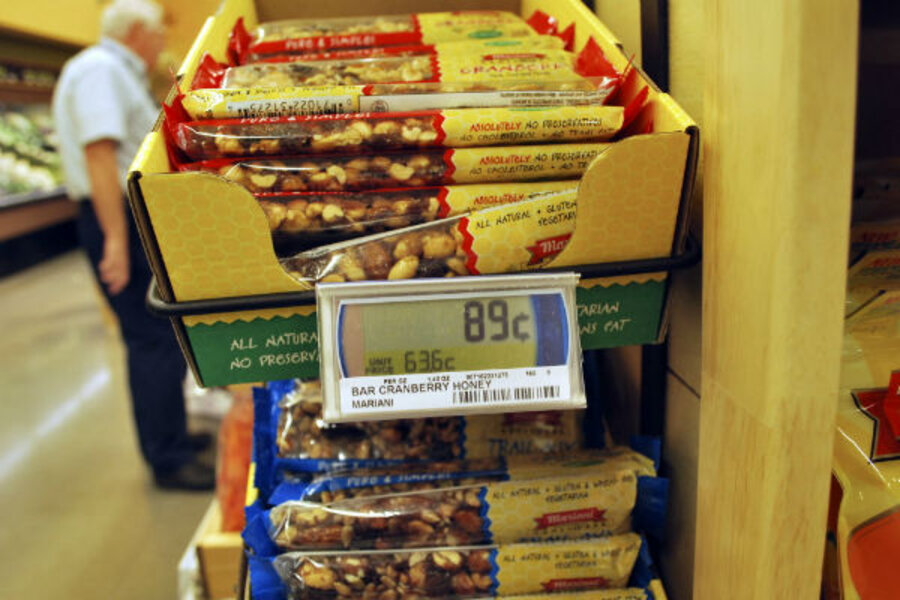Eating before grocery shopping cuts down on impulse buys
Loading...
As I discussed before, one of the biggest unnecessary costs when it comes to the grocery store is impulse buying. You wander through the grocery store and mostly just get items that you need for meals, but you see a thing here and a thing here that looks good and they wind up in your cart.
These temptations are much, much more effective when you go into a grocery store hungry. Many items look good to you and some look incredibly delicious. When something is more tempting, then it’s more likely to find its way into your cart.
Because of this, I make sure to eat a good meal before visiting the grocery store. It drastically cuts down on my food impulse buys, thus saving me a lot of money.
Instead of drooling over every delicious-looking food in the store, I instead just stick to my grocery list. I don’t have a hunger for the items in my cart. I just know I’m going to need them for the week. The less impulse and desire I have, the less likely I am to buy unnecessary items.
Sometimes, this “good meal” strategy just doesn’t work for my schedule, though. For example, sometimes I pencil in a grocery store stop at the end of several errands in town so that the milk doesn’t get warm while I’m running other errands.
In those kinds of situations, I plan ahead by packing a filling snack. Often, I’ll eat a protein bar or something just before going into the store. I want something that will expand a bit in my stomach and fill me up so I’m not tempted by the foods that I see.
Of course, one problem for many people is that they hit an energy valley after they eat. Often, this means their mind isn’t clicking quite as fast as it is at other times during the day and this can often result in impulse buys.
My perspective has been that this can actually be a very bad thing in non-food stores. For example, if I drink a cup of coffee and eat a scone in a bookstore, I’m more likely to wind up purchasing a book simply because of my altered energy and focus levels. (I’m pretty sure that’s why bookstores often have coffee shops in them, Ikea has a cafeteria, etc.).
Thus, when I’m shopping for non-food items, I tend to shop when I’m not full at all and perhaps even slightly hungry. That’s when my mind is sharp and I’m quick to talk myself out of impulsive purchases.
You can use these two tactics in concert quite well. If you’re planning a shopping trip, do all of your non-food shopping at the start of the trip and don’t eat before you go. Just before you make the switch to shopping for food, eat a snack so that you feel at least a little full. Then, shop for food.
The purpose of both of these tactics is to keep yourself from impulsive purchases. Impulsive purchases are little more than a drain on your finances, and they can be particularly painful when you’re struggling to keep up with your monthly bills.






